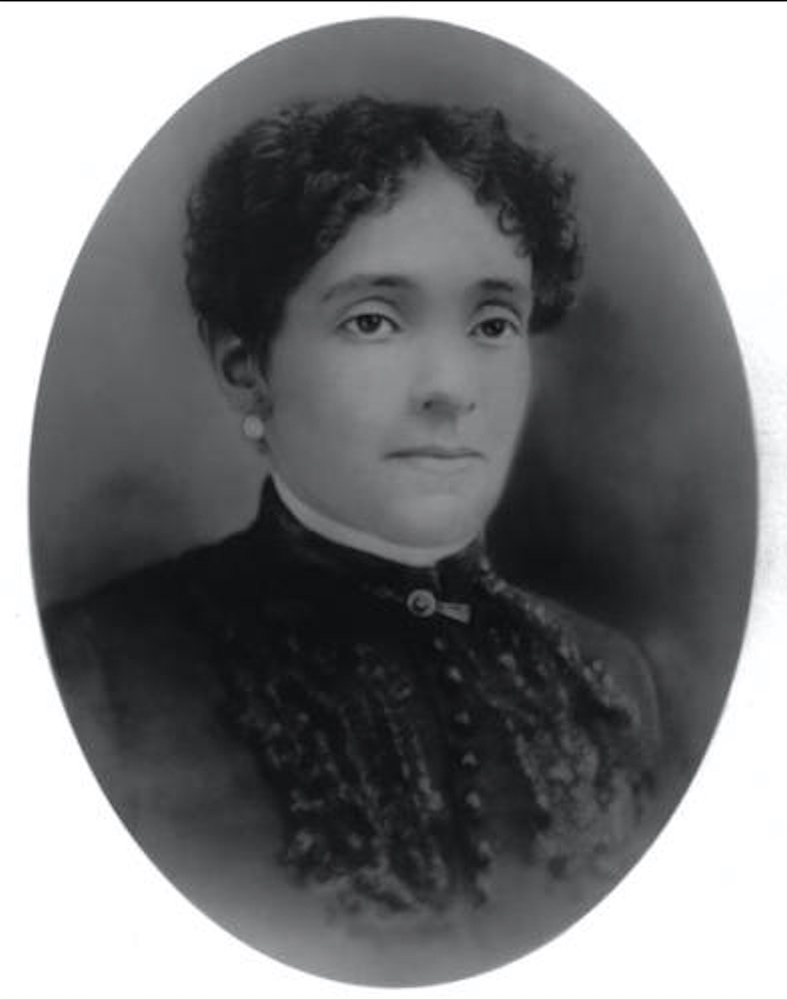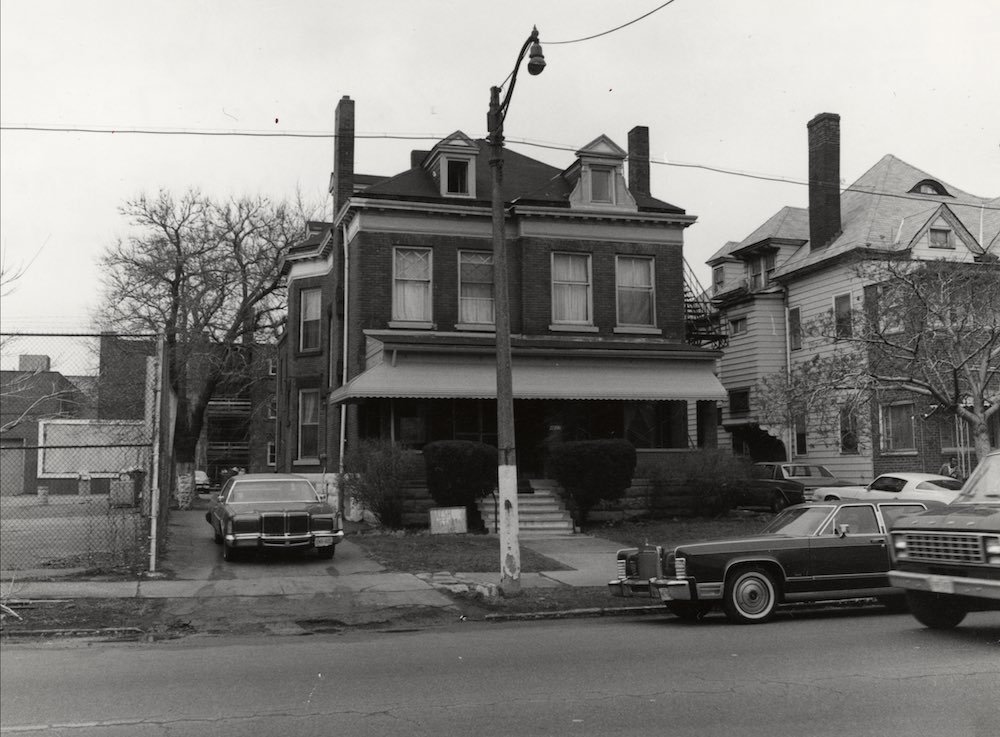Cleveland Home for Aged Colored People
Cleveland's First Black Welfare Institution

The Cleveland Home for Aged Colored People was a necessity for the African American community in Ohio’s largest city. The first residents of the Cleveland Home for Aged Colored People were from out of state. Jefferson Camp, who was formerly enslaved in Missouri, moved from St. Louis to Cleveland at the age of 93. Camp was one of the first residents of the home. Another one of the home’s first residents was Susan Maria Harris of Schenectady, New York, who moved there on November 18, 1898. Then Richard Hickerman from Huntsville, Alabama, moved to the home on June 1, 1899, at the age of 75.
Eliza Bryant, Emma Ransom, and Mesdames Baker were among the women who conceived the idea of the Cleveland Home for Aged Colored People. On September 1, 1896, Eliza Bryant and the Lady Board of Managers incorporated the Cleveland Home for Aged People. The purpose of the home was to serve elderly members of the African American community. The Lady Board of Managers purchased a building at 284 Giddings (East 71st) Street and the Cleveland Home for Aged Colored People opened there on August 11, 1897. The Cleveland Home for Aged Colored People was the first African American established and maintained social welfare institution in Cleveland.
The Cleveland Home for Aged Colored People required a community effort to remain open. The home wrestled with many financial problems and did not receive any federal, state, or local government funding to help with the cost. Instead, the home depended on Cleveland’s African American community and philanthropists' support. The home held social functions to raise money. A 1902 Plain Dealer article titled “Danced for Charity Prominent Colored People Gave Concert and Ball for Home for Aged” described an event that brought out prominent African Americans to dance to the tunes of Mrs. Beulah Griffin-West and Walter Hackley. All the money made at each event went to the home. Philanthropists also helped the home. For example, John D. Rockefeller and Mrs. Laura S. Rockefeller donated money to help the home stay open. In 1915 home joined the Cleveland Welfare Federation, which alleviated some of the home’s financial problems.
The home on Giddings Street was not the most modern or comfortable house for the time. When it opened, it did not have an area for the residents to bathe regularly, nor did it have gas heating. The home could only house up to 16 residents at a time. It also ran into trouble with the Ohio building codes. The building was not able to be remodeled, so the Lady Board of Managers chose to find a new location for the home. The Lady Board of Managers bought a new home on 186 Osborne (39th) Street that cost $3,000. Following the completion of the renovations and upgrades, the new Cleveland Home for Aged Colored People reopened its doors in 1902. The need for the home continued to grow, and the home was not able to accommodate this new demand. In 1915 the home moved from its Osborne Street location to a large new, $9,000, red-brick house at 4807 Cedar Avenue.
In the 1960s the Cleveland Home for Aged Colored People would see many changes. During the 1960s the home would undergo a reorganization project. In 1960 the home's operators decided to change its name to the Eliza Bryant Home to honor one of their founders. During this era, the home would become integrated both in terms of residents and the staff. The home’s purpose was now to provide aid to all seniors no matter their race. The home received two remarkable gifts. The Dorcas Society had a property that it could not use, so the society gave the home to the Eliza Bryant Home. The new home was located on 1380 Addison Road. Then the A. M. McGregor House donated a $1.5 million gift to the Eliza Bryant Home. Chairman Paul D. White of the Eliza Bryant Home believed that these gifts would help the home continue its services to the elderly. In an article in the Call and Post, almost a year before these gifts for the home, the board of trustees was considering closing the home. If not for these donations the home would have closed.
The Cleveland Home for Aged Colored People, which would be renamed the Eliza Bryant Home, was a cornerstone of the elderly community. This home was created because a group of women saw a need to take care of the elderly members of our society. It is incredible that these women managed to establish and maintain a home in spite of their financial challenges and how the community rallied behind them to make this home run efficiently in a time when most African Americans had little. The home may not have had all the modern comforts of the time, but the staff made it work. This home gave a lot of seniors solace while living out their golden years. Until this day the home is still keeping the founders’ ideas alive and is still taking care of the elderly community. In 1985 the home changed its name again, becoming Eliza Bryant Center. The home still takes care of the elderly, staying true to the founder’s ideal: “the mission is to provide quality services, outreach programs and a dignified, compassionate and secure environment for seniors.”
Images




